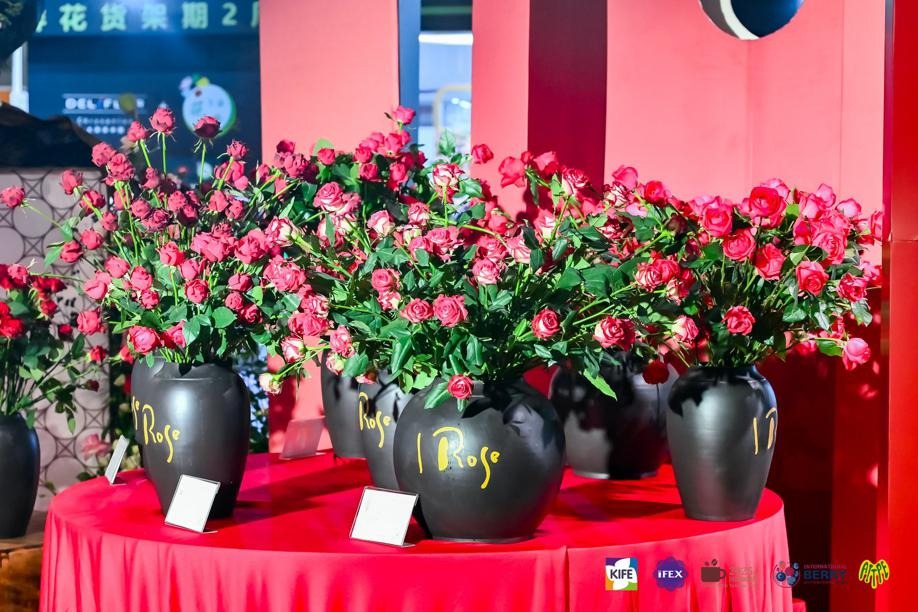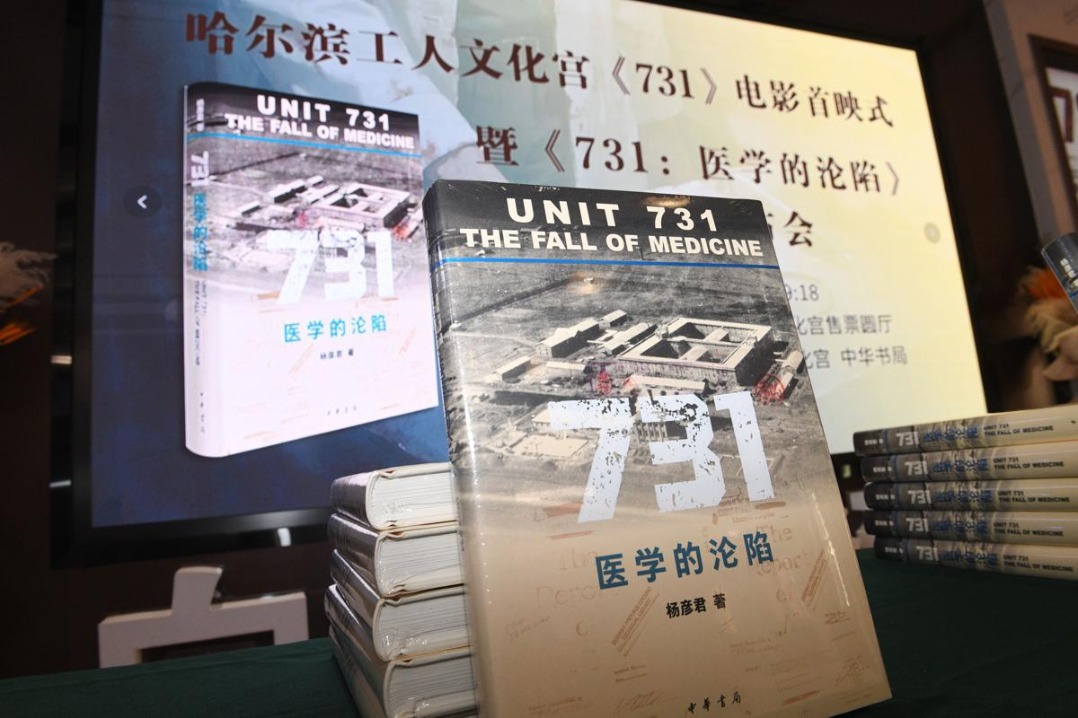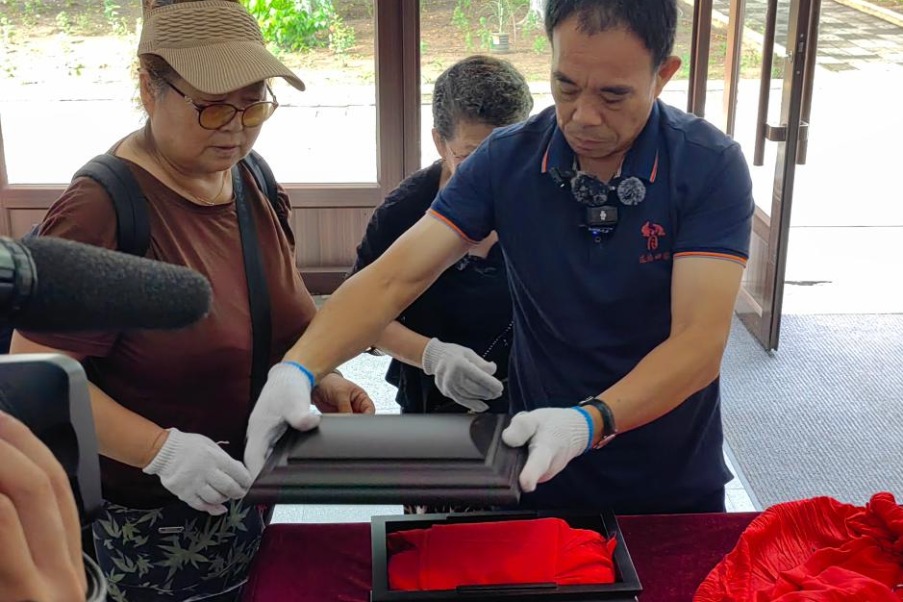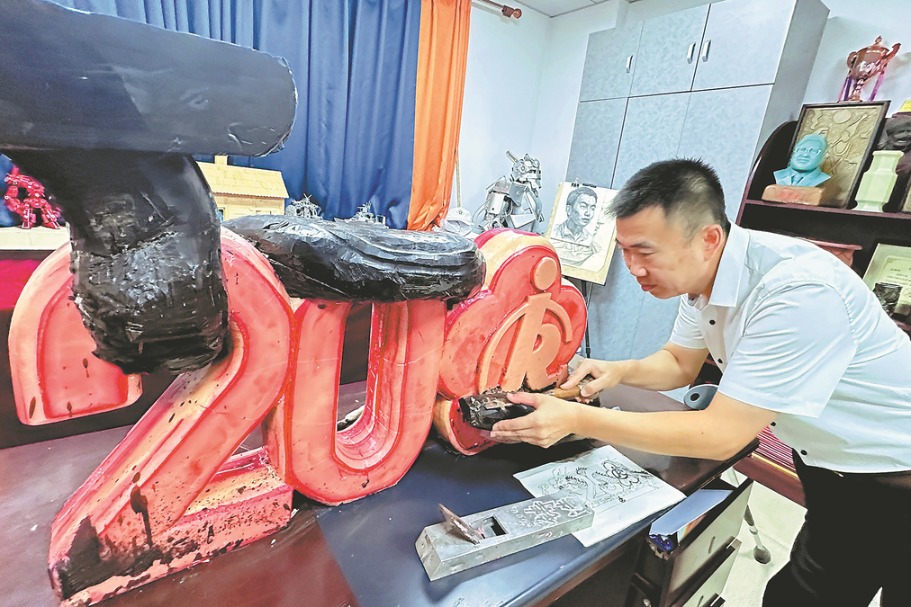US students explore Xixia heritage in Ningxia

From July 9 to 12, a delegation of American university students organized by Peking University embarked on a summer research program in the Ningxia Hui autonomous region. Comprising 26 students from China and the US, the delegation visited the Xixia Imperial Tombs site in Yinchuan.
Recently inscribed in the UNESCO World Heritage List, the Xixia Imperial Tombs are a collection of mausoleums established by the Tangut people for the Xixia Dynasty (1038-1227).
The tombs span nearly 40 square kilometers at the eastern foot of the Helan Mountains, serving as a significant geographical and historical site. With 9 imperial tombs, 271 accompanying graves, and various architectural and engineering remnants, the Xixia Imperial Tombs are the largest and most well-preserved archaeological site of the Xixia Dynasty.
Leo Philip from Cornell University excitedly displayed a replica Western Xia coin he acquired as a souvenir, expressing his admiration for the beauty and uniqueness of the site.
Elsa Marie from the University of Notre Dame stood in front of the ruins of the mausoleum wall and reflected on its historical imprints of war, emphasizing the importance of peace and long-term harmony.
- South China city reports over 1,700 Chikungunya cases
- Xinjiang starts building new expressway linking north and south
- Intl tourists captivated by traditional opera gala in Kunshan
- Training and transport jets showed at Changchun air show
- Dunhuang expo offers a key platform for dialogue among civilizations
- Lora Saalman: Beijing Xiangshan Forum crucial for dialogue amid cybersecurity risks




































